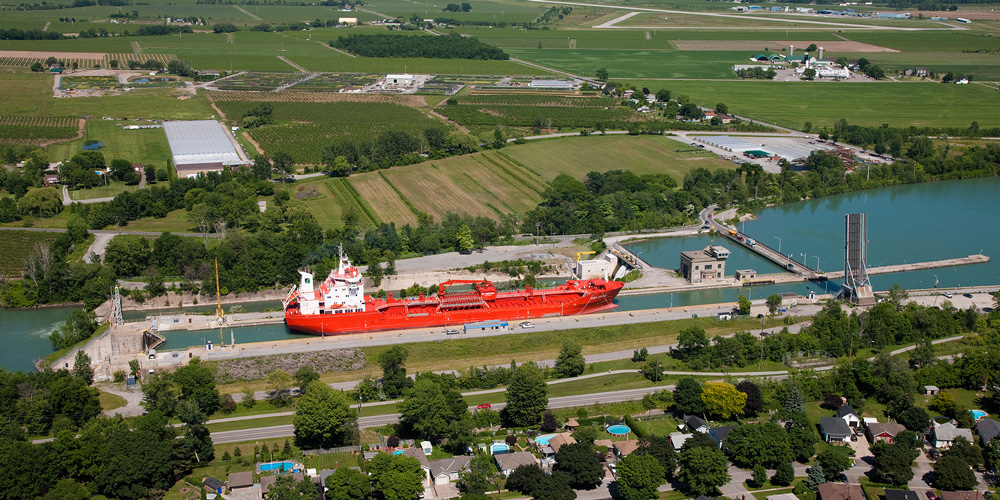#9 – Water Ballast Management
March 21, 2003
Mariners are advised that effective with the start of the 2002 Navigation Season the following Ballast Water Management Practices will be in force to obtain clearance to transit the Seaway:
- every ship entering the Seaway after operating beyond the exclusive economic zone must agree to comply with the “Code of Best Practices for Ballast Water Management” of the Shipping Federation of Canada dated September 28, 2000, while operating anywhere within the Great Lakes and the Seaway; and
- every other ship entering the Seaway that operates within the Great Lakes and the Seaway must agree to comply with the “Voluntary Management Practices to Reduce the Transfer of Aquatic Nuisance Species Within the Great Lakes by U.S. and Canadian Domestic Shipping” of the Lake Carriers Association and Canadian Shipowners Association dated January 26, 2001, while operating anywhere within the Great Lakes and the Seaway.
Links:
Code of Best Practices for Ballast Water Management
Notice of Change: Every ship entering the Seaway after operating beyond the economic exclusive zone must comply with United States Coast Guard ballast water management practices under 33 Code of Federal Regulations Part 151 Subpart C, thus resulting in NO ALLOWANCE for coastal in- transit or Laurentian Channel ballast water exchange. Further information can be obtained by contacting the USCG MSD Massena at 315-769-5483.
Reporting:
Ocean ships – See Seaway Notice No 7, 2003 – Pre-entry Information from Foreign Flag Vessels
Inland Ships – to report to St. Lambert Traffic Control at CIP 2.






